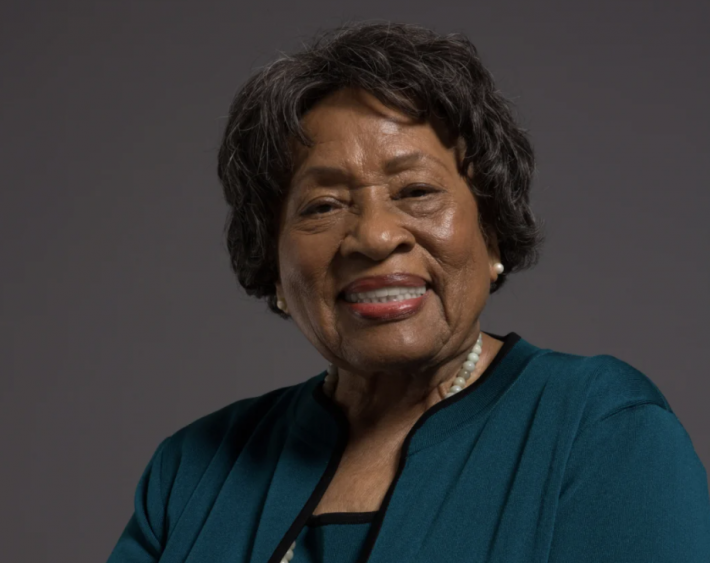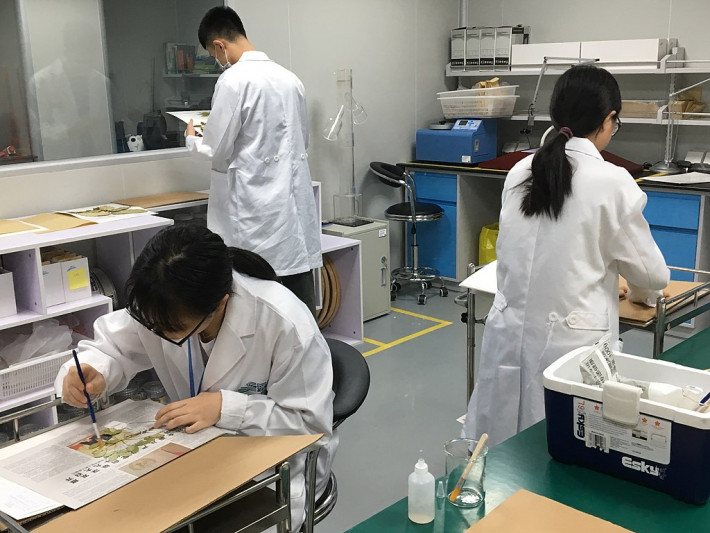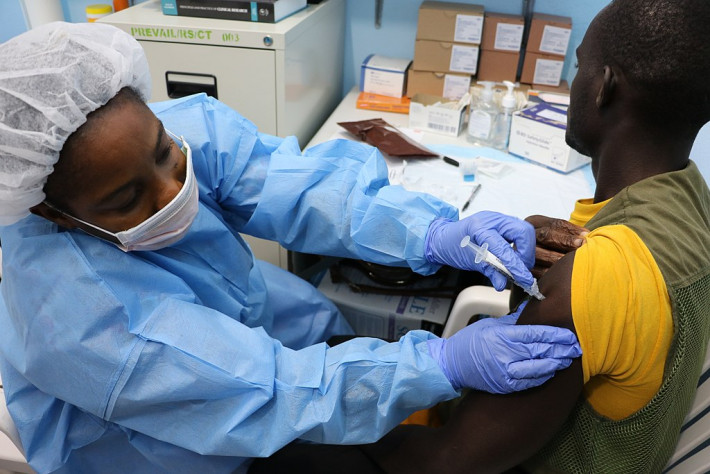This statement was released on Christmas Eve, December 24. The Committee, initiated in July 2020 by a call from Helga Zepp-LaRouche of the Schiller Institute, involves many medical professionals, educators and retired U.S. military officers.
As the year 2020 draws to a close, let us fervently hope and diligently work, that the new year will bring about a great transformation for the health and well-being of all humanity.
This year has seen a sea of troubles, starting with the COVID-19 pandemic, which has already killed over 1.7 million people worldwide; which has exacerbated a famine crisis in large parts of the world, and which according to World Food Program director David Beasley, now threatens the lives of 270 million people; which has created mass unemployment and increasingly desperate conditions throughout the globe.
The COVID pandemic is not under control. We are now seeing new and more infectious strains of the coronavirus, as in Great Britain, which is creating economic chaos. This catastrophic situation can be remedied, but it requires the urgent mobilization of the population, including emphatically the implementation of public health measures, that have proven to be effective in containing the virus. We cannot simply wait for the vaccines to be administered. This emergency requires that nations work together to accomplish these solutions. Pandemics don’t discriminate. Any nation, any region, any group of people not treated in the course of this pandemic will come back to harm us.
The following measures should be undertaken by national, regional, and local governments. Community organizations, universities, medical institutions, religious groups, and others can begin to implement aspects of this immediately. This will spur broader action and save lives in the interim.
- Public health measures should be strictly adhered to and enforced. These measures were recently reiterated by Surgeon General Dr. Jerome Adams, appearing on Sunday’s “Face the Nation,” December 20th: “We need to wash our hands, wear a mask, watch our distances, keep our household gatherings small.”
- Get vaccinated. While this cannot be a mandatory requirement and is not without legitimate questions and concerns, it is highly recommended, as the best option, at present, to beat the COVID pandemic.
- Rapidly recruit, train, and employ thousands of young people to work as community health care workers to educate people regarding the public health measures cited above and to overcome “vaccine hesitancy and fear,” and, where viable, to assist medical personnel with vaccine administration.
- Conduct mass testing, especially in areas of vulnerable populations, i.e., the elderly, the impoverished, and “hot spots,” etc. This should be done with a rapid test, so that people get results immediately. This testing should be done regularly, once per month, until the area has a 65-70% vaccinated population. Testing sites should be established in areas where the vulnerable populations live, i.e. neighborhood churches, supermarket parking lots, etc. Mobile medical/clinic vehicles should be utilized wherever possible to reach out-of-the-way areas.
- Isolate and quarantine infected individuals. A safe, secure environment should be provided where people can recover and receive good food and medical treatment, while doing so.
- Begin public protocols immediately on promising prophylactic treatments, including Alpha-interferon and Vitamin D-3 supplements. These promising treatments and their results have generally been unreported. This may also address and build trust among the medically underserved communities, who have in many cases legitimate concerns about their general health conditions, independent of COVID-19.
- Get everything moving as rapidly and on as large a scale as possible. What would it take to get everyone in the U.S. and in most of the world vaccinated and COVID-free by Independence Day, July 4, 2021? In this regard the expertise of the U.S. military including the National Guard and the Army Corps of Engineers, should be utilized.
It is often said that hindsight is 20/20. Let the year 2020 be remembered as the year the population woke up, realized our past mistakes, and changed, in order to create a better and healthier world for all mankind.











